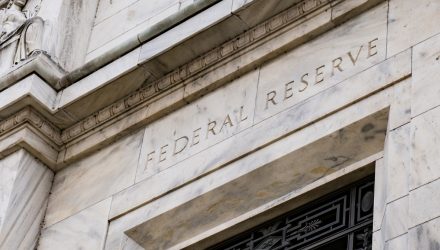The last time the Federal Reserve entered a cutting interest rates cycle, it was September 2007.
At that time, the subprime mortgage crisis had demonstrated clear signs of accelerating. The Federal Open Market Committee in its post-meeting statement at the time noted that “the tightening of credit conditions has the potential to intensify the housing correction and to restrain economic growth more generally.” The half-point cut was aimed at heading off “some of the adverse effects” from the housing issue that had caused “disruptions in financial markets.”
In addition, the statement cited “uncertainty surrounding the economic outlook” as a justification to begin an easing cycle that wouldn’t complete until the central bank took its benchmark rate all the way from 5.25% to nearly zero. Most investors recall how that played out.
Many investors would likely agree that the conditions at present are nothing close to those of 2007. Yet the Fed is still anticipated to signal that it will start cutting rates, possibly as soon as July. The futures market is currently pricing in up to three quarter-point reductions before the end of the year.
There are of late two pivotal issues: the uncertainty over the numerous tariff skirmishes in which the U.S. has found itself with China and Mexico, and the inverted yield curve, where short-term government bond yields are now higher than the benchmark 10-year note, which has been a hallmark of an impending recession.
“The Fed should only want to be restrictive when it is seeking a disinflationary slowing of the economy,” said Paul McCulley, a former Pimco executive and now senior fellow in financial macroeconomics at Cornell Law School. “By definition, this cannot be the case when the Fed has missed its inflation target on the low side for a decade.”
Looking for an escape from the global uncertainty and tumultuous Twitter ride that investors have been enduring, markets are counting on the Fed not merely to ease but to do so hawkishly during a period when the unemployment rate is at a 50-year low, GDP is growing well north of 2% and the stock market is around record highs. The danger however, is that slashing rates is therefore likely to pacify investors but provide the Fed with insufficient space to adjust to uncertainties during a more serious downturn.
For more news and analysis, visit ETFtrends.com.

